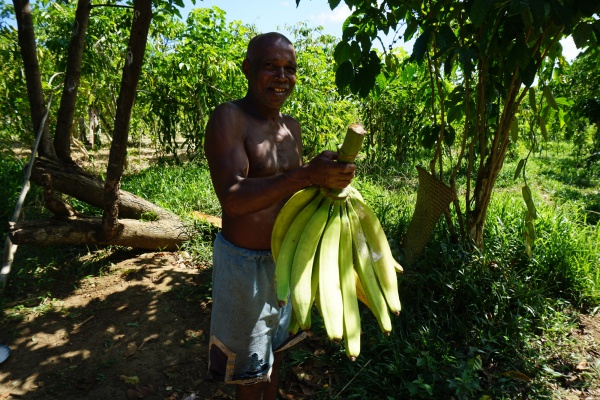Difference between revisions of "Vohitrarivo farmland"
CampMaster (talk | contribs) |
CampMaster (talk | contribs) |
||
| Line 1: | Line 1: | ||
| − | '''Vohitrarivo farm is a 40ha land for sale near the village of Vohitrarivo. The | + | '''Vohitrarivo farm is a 40ha land for sale near the village of Vohitrarivo in north east of Madagascar. The terroir is all naturally organic and the land area has been used for small-scale farming without use of any fertilisers, pesticides or fossil-fueled farming methods at anytime in history.''' |
| − | |||
| − | |||
The land has been a designated farming area for three generations, two of which used utilised the land for farming purposes. Although much grows in the area, including wild crops, there has been no major activity since about year 2000, which has consequently left vegetation in most areas grow the way nature designs it. | The land has been a designated farming area for three generations, two of which used utilised the land for farming purposes. Although much grows in the area, including wild crops, there has been no major activity since about year 2000, which has consequently left vegetation in most areas grow the way nature designs it. | ||
| Line 7: | Line 5: | ||
Crops and plants, partly wild, with some small-scale cultivation activity for personal needs by caretakers from Vohitrarivo village, include corn, sugarcane, pinapple, mango, lychee, cococut, banana, pepper, bamboo, breadfruit, vanilla, cassava, coffee, papaya, cocoa, chilli, cinammon and more. In organic faring terminology, this offers naturally occurring companion-planting the which by nature requires no use of unnatural pesticides. | Crops and plants, partly wild, with some small-scale cultivation activity for personal needs by caretakers from Vohitrarivo village, include corn, sugarcane, pinapple, mango, lychee, cococut, banana, pepper, bamboo, breadfruit, vanilla, cassava, coffee, papaya, cocoa, chilli, cinammon and more. In organic faring terminology, this offers naturally occurring companion-planting the which by nature requires no use of unnatural pesticides. | ||
| − | |||
| − | + | The area is located about 25km from the coast of the Indian Ocean and 20km inland about half-way between [[Antalaha]] and [[Sambava]]. From the crossing at [[Ambodipont Isahana]], a village of about 300 inhabitants, take the road inland, passing [[Tananabaovao]] after 4.6km, a village of about 100 inhabitants. 7.6km thereafter is the village of Ambinanifaho with about 2,000 inhabitants. 8km further is the village of [[Ambodilalona]] with about 800 inhabitants. 3km after is [[Lanjarivo]] with about 1,000 inhabits and 2km from there is [[Vohitrarivo]] with about 500 inhabitants. This is the nearest village to the land, starting at 1km further inland. The river Farariana which originates at [[Marojejy]] crosses through the land. There are no inhabited villages further upstream between the farming area and the source of the river. Downstream after the land, the Farariana river joins with Tananbao river which leads into the Indian Ocean. | |
{| class="imageTable" | {| class="imageTable" | ||
Revision as of 11:03, 21 December 2019
Vohitrarivo farm is a 40ha land for sale near the village of Vohitrarivo in north east of Madagascar. The terroir is all naturally organic and the land area has been used for small-scale farming without use of any fertilisers, pesticides or fossil-fueled farming methods at anytime in history.
The land has been a designated farming area for three generations, two of which used utilised the land for farming purposes. Although much grows in the area, including wild crops, there has been no major activity since about year 2000, which has consequently left vegetation in most areas grow the way nature designs it.
Crops and plants, partly wild, with some small-scale cultivation activity for personal needs by caretakers from Vohitrarivo village, include corn, sugarcane, pinapple, mango, lychee, cococut, banana, pepper, bamboo, breadfruit, vanilla, cassava, coffee, papaya, cocoa, chilli, cinammon and more. In organic faring terminology, this offers naturally occurring companion-planting the which by nature requires no use of unnatural pesticides.
The area is located about 25km from the coast of the Indian Ocean and 20km inland about half-way between Antalaha and Sambava. From the crossing at Ambodipont Isahana, a village of about 300 inhabitants, take the road inland, passing Tananabaovao after 4.6km, a village of about 100 inhabitants. 7.6km thereafter is the village of Ambinanifaho with about 2,000 inhabitants. 8km further is the village of Ambodilalona with about 800 inhabitants. 3km after is Lanjarivo with about 1,000 inhabits and 2km from there is Vohitrarivo with about 500 inhabitants. This is the nearest village to the land, starting at 1km further inland. The river Farariana which originates at Marojejy crosses through the land. There are no inhabited villages further upstream between the farming area and the source of the river. Downstream after the land, the Farariana river joins with Tananbao river which leads into the Indian Ocean.
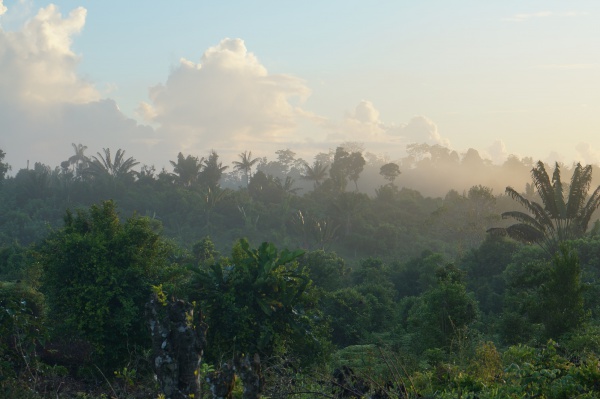
| ||
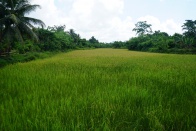
|
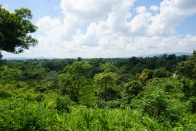
|
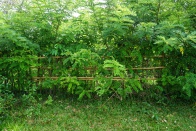
|
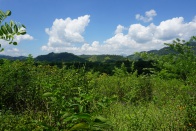
|
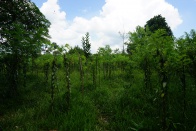
|
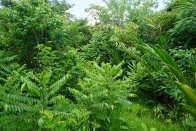
|
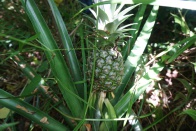
|
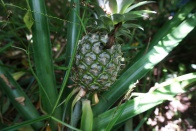
|
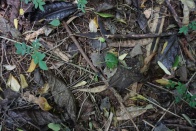
|
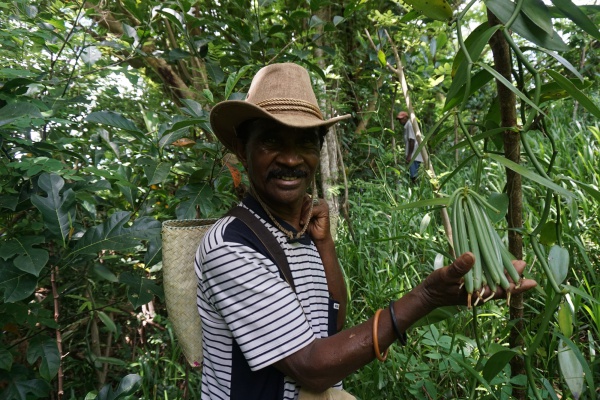
| ||
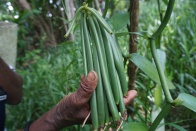
|
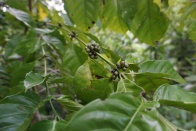
|
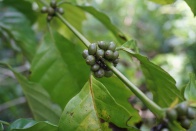
|
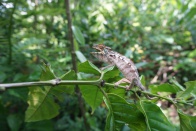
|
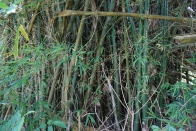
|
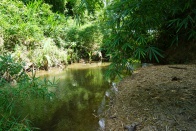
|
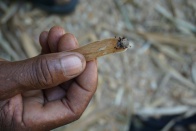
|
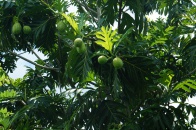
|
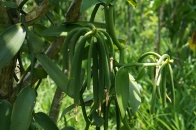
|
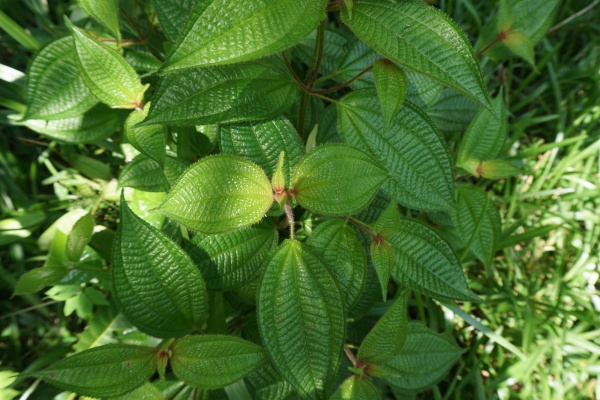
| ||
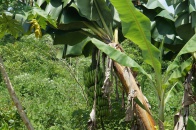
|
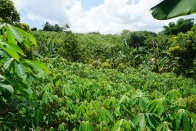
|
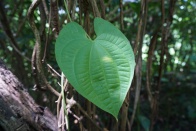
|
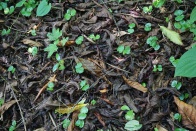
|
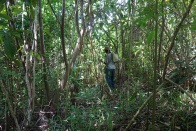
|
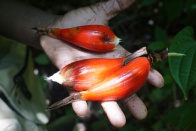
|
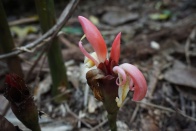
|

|

|

| ||
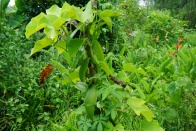
|

|
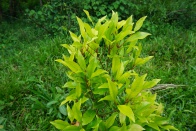
|
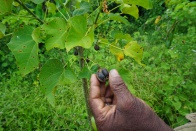
|
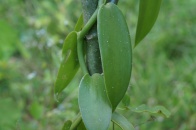
|
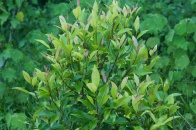
|
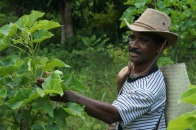
|

|
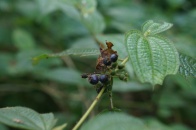
|
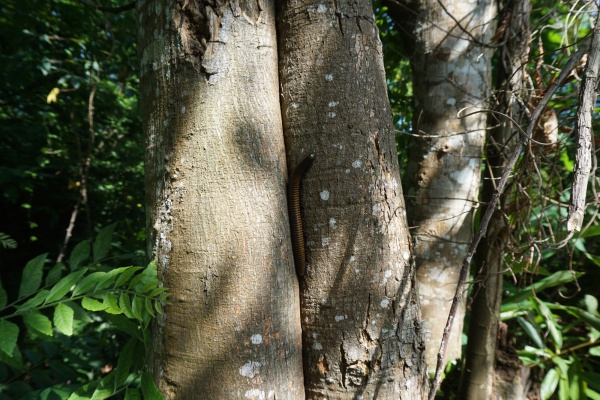
| ||
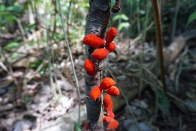
|
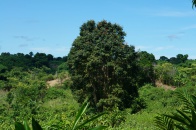
|
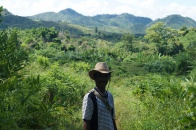
|
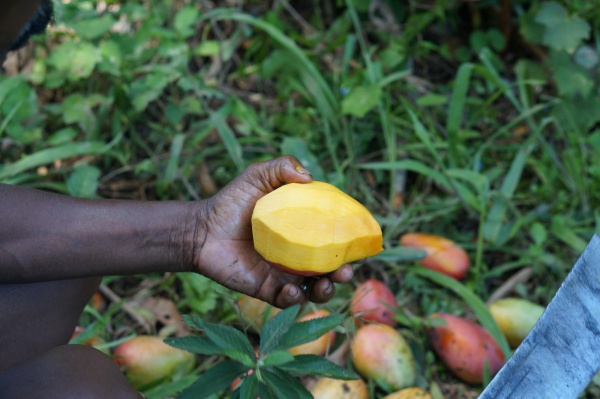
| ||
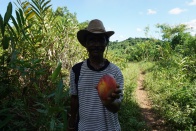
|
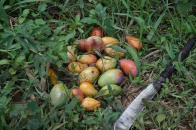
|
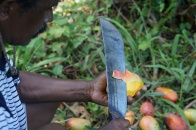
|
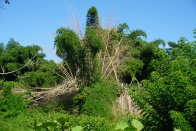
|
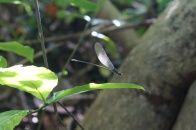
|

|
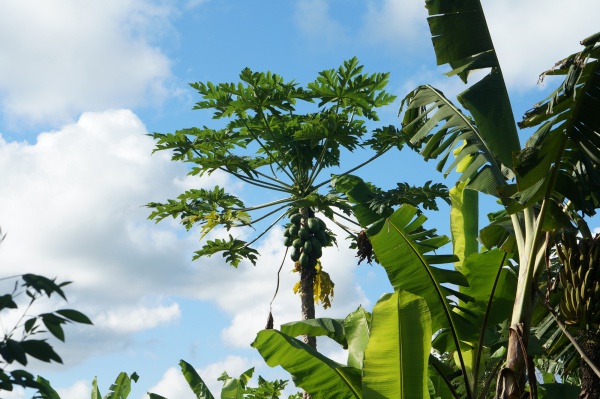
| ||
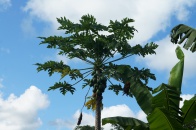
|
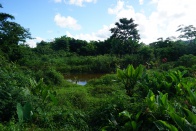
|
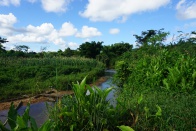
|
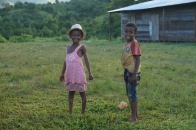
|
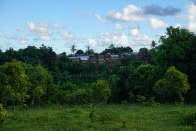
|

|
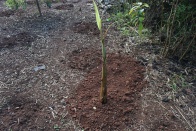
|
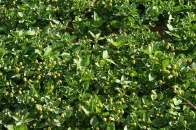
|
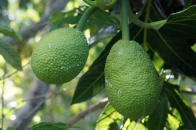
|
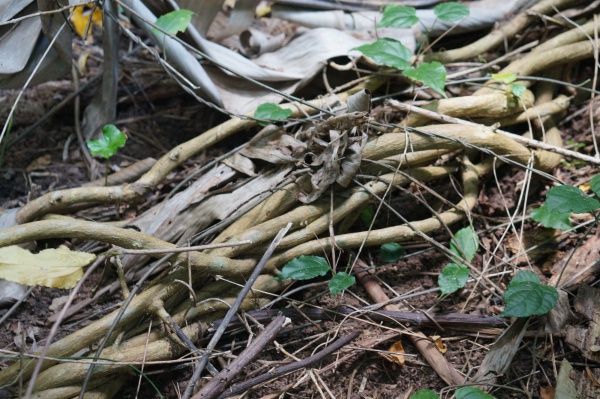
| ||
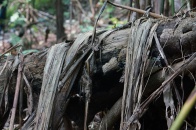
|

|
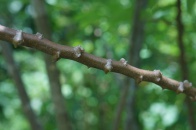
|
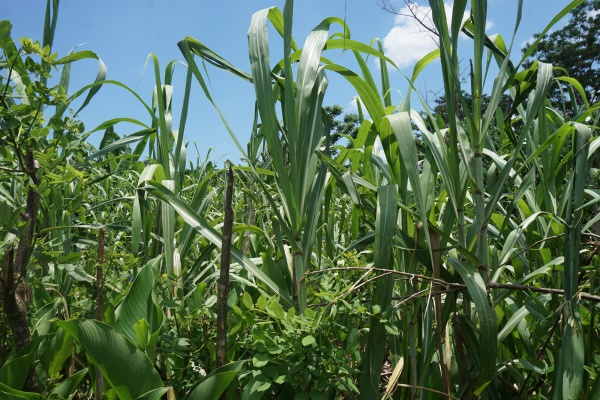
| ||

|
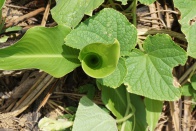
|
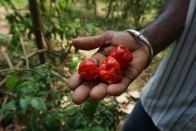
|
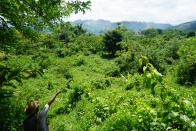
|
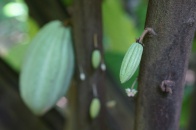
|
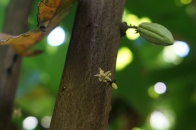
|

| ||
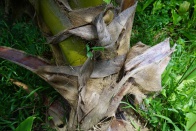
|

|
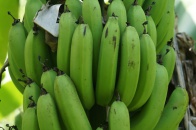
|
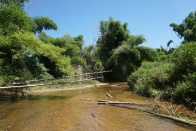
|
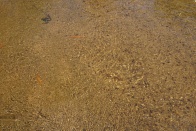
|
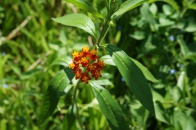
|
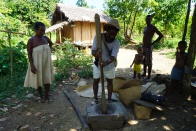
|

|
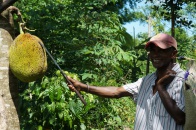
|
Distance around: 4.3 km
Minimum elevation: 12 m
Maximum elevation: 51 m
